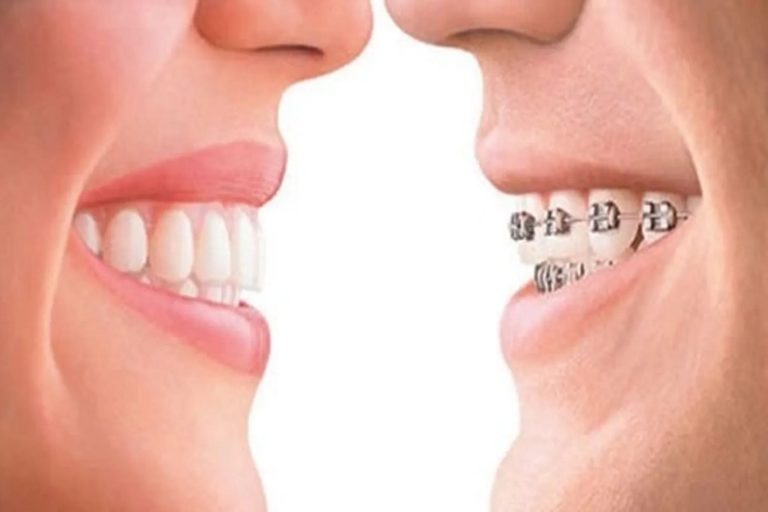
Clear aligners can often straighten teeth faster than traditional braces in suitable cases because they deliver precise, continuous, computer‑planned tooth movements with fewer in‑office adjustments. However, the actual treatment time still depends heavily on case complexity, bone biology, and the consistency with which the aligners are worn.
How Teeth Move
Teeth move because the surrounding alveolar bone is constantly remodeling in response to gentle, sustained pressure on the roots. Both braces and clear aligners use the same biological process, guiding teeth to new positions through controlled forces over time.
Braces vs. Clear Aligners: Mechanics
Traditional braces rely on brackets and wires that are periodically tightened, so tooth movement often happens in larger “steps” between appointments. Clear aligners use a series of custom trays, each programmed for small, incremental movements, delivering more continuous pressure with each new set.
Why Aligners May Be Faster
Clear aligners are planned using advanced 3D imaging and software, enabling exact sequencing of tooth movements tailored to each patient. Because each aligner is part of a mapped‑out progression, straightforward crowding, spacing, or mild misalignment can sometimes be corrected in a shorter overall time than comparable braces cases.
Factors That Affect Treatment Speed
Several patient‑specific factors strongly influence how quickly either option works:
- Severity of misalignment: Mild crowding or small gaps typically move faster than severe rotations or complex bite problems, regardless of appliance type.
- Compliance: Aligners must usually be worn 20–22 hours per day; inconsistent wear slows or derails planned movements, just as missed adjustment visits delay progress in braces.
- Bone density and age: Younger patients with more adaptable bone often see quicker movement than adults with denser jawbone.
- Root length and health: Teeth with longer or more delicate roots may need slower, more cautious movement to stay safe.
Making Aligners Work Faster for You
To keep clear aligner treatment on the fastest track your case allows, dentists emphasize:
- Strictly following the recommended daily wear time to ensure each tray delivers continuous, adequate pressure.
- Excellent brushing and flossing, reducing plaque and inflammation that can interfere with healthy tooth movement.
- Attending all scheduled checkups so minor fit or tracking issues are corrected early.
- Open communication with your dentist about comfort, lifestyle, and expectations so the plan can be adjusted if needed.
Benefits Beyond Speed
Even when treatment duration is similar, clear aligners offer several lifestyle advantages over braces. They are discreet and nearly invisible, generally more comfortable, removable for meals, and make brushing and flossing easier, which helps protect gums and enamel during treatment. Cost and individual goals still matter, so discussing both options with a qualified dentist is the best way to choose the approach that fits your timeline, budget, and preferences.